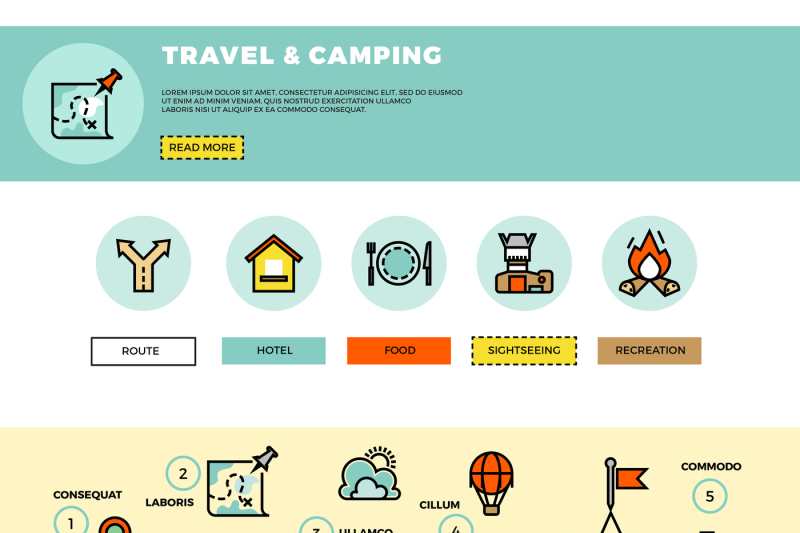While both offer strengths in different environments, it's important to determine which type of insulation will certainly ideal offer your demands. The insulation you select effects warmth, weight, water resistance, compressibility and price.
Down is gathered from waterfowl, normally ducks or geese. It is valued for its lightness, easy compression and insulating residential or commercial properties. However, down becomes much less reliable when damp.
Warmth-to-Weight
A high warmth-to-weight ratio is desired in outdoor clothing and equipment. The shielding residential properties of down feathers make them an excellent choice for this purpose, as they are extremely cozy and light-weight.
Nevertheless, down sheds its protecting abilities when it gets wet, suggesting it requires to be paired with a waterproof covering. Furthermore, some people dislike down, making artificial jackets a far better alternative for them.
Synthetic insulations are typically made from recycled polyester and designed to simulate down's insulating residential properties. They are not as light-weight as down, but they do not shed their shielding capabilities when they get wet and completely dry quicker than down. They are also a lot more affordable than down. Nevertheless, their life expectancy is much shorter than down, resulting in higher upkeep and substitute prices.
Water Resistance
The insulation you choose for your work coat will certainly make a large difference in exactly how comfy you really feel outdoors. Nonetheless, the type of insulation you select also has considerable effects for your sustainability objectives.
Down is an excellent insulator for a number of reasons. It's light-weight, compressible, and supplies an excellent warmth-to-weight ratio. However, it doesn't fare well when it gets wet. Down globs up and loses its loft space when damp, which can significantly reduce its capability to catch heat.
Artificial insulation products, such as Thinsulate and Primaloft, stand up better versus damp conditions. They generally have a tight weave or chemical finishing that keeps water from penetrating the textile. This permits the insulation to continue to be breathable, even if damp. It deserves keeping in mind that synthetics can also be uncomfortable when wet, but they keep their insulating homes.
Compressibility
While goose down does have a remarkable warmth-to-weight proportion, artificial insulation does in a similar way. Nonetheless, unlike down which soaks up and sheds its shielding abilities when damp, artificial insulation does not. Therefore, it can maintain its loft space and catch cozy air in damp conditions.
Typically produced from polyester sheets or clusters that simulate down, one of the most typical synthetic insulation brands include PrimaLoft, FullRange, Thermoball and Patagonia's PlumaFill. While it still can not match down's loftiness and warmth-to-weight, artificial coats are light-weight, quick to dry and cheaper than down. This makes synthetic jackets perfect for damp atmospheres, or if you're prone to sweating heavily. Synthetic jackets are also much less fragile than down and can lose. This sturdiness encompasses their face fabrics which are usually thicker shopping bag and more sturdy than down.
Longevity
A significant factor to consider in sustainability is a material's durability and durability. All-natural materials like cork, ThermaCork broadened cork and Havelock wool last longer than synthetic alternatives like fiberglass and plastic. They likewise require much less upkeep and can stand up to extreme environmental problems.
Nonetheless, natural insulation doesn't do also when wet as synthetic choices. Woollen and fleece clump together when damp, endangering their capability to trap heat. Synthetic insulation, on the other hand, does not absorb dampness and remains to insulate also when saturated.
This makes synthetic insulation ideal for damp environments and difficult activities where you could sweat heavily. It's also simpler to wash and dries out faster than down. This added durability and integrity make artificial insulation a total winner in this category. This converts to long lasting insulated job boots that last long and maintain you heat through requiring environments.
Sustainability
All-natural materials supply biodegradability and a smaller sized environmental footprint, while synthetic choices brag resilience and cutting-edge applications that support power effectiveness. However, it is necessary to comprehend truth environmental impact of these insulation materials from cradle-to-grave.
For example, if an all-natural insulation product has to take a trip a long distance from its resource to the building site, transportation-related exhausts boost its overall carbon footprint. Picking locally sourced and reused products minimizes that impact. And, selecting GREENGUARD and Cradle to Cradle certifications makes sure that insulation is free of unstable natural compounds (VOCs) and sustains responsible sourcing and labor problems.
Sheep's woollen and cork are renewable insulation resources that are harvested without hurting the tree or plant. Both have actually the added advantage of being naturally resistant to mold and mildew, insects and wetness.
